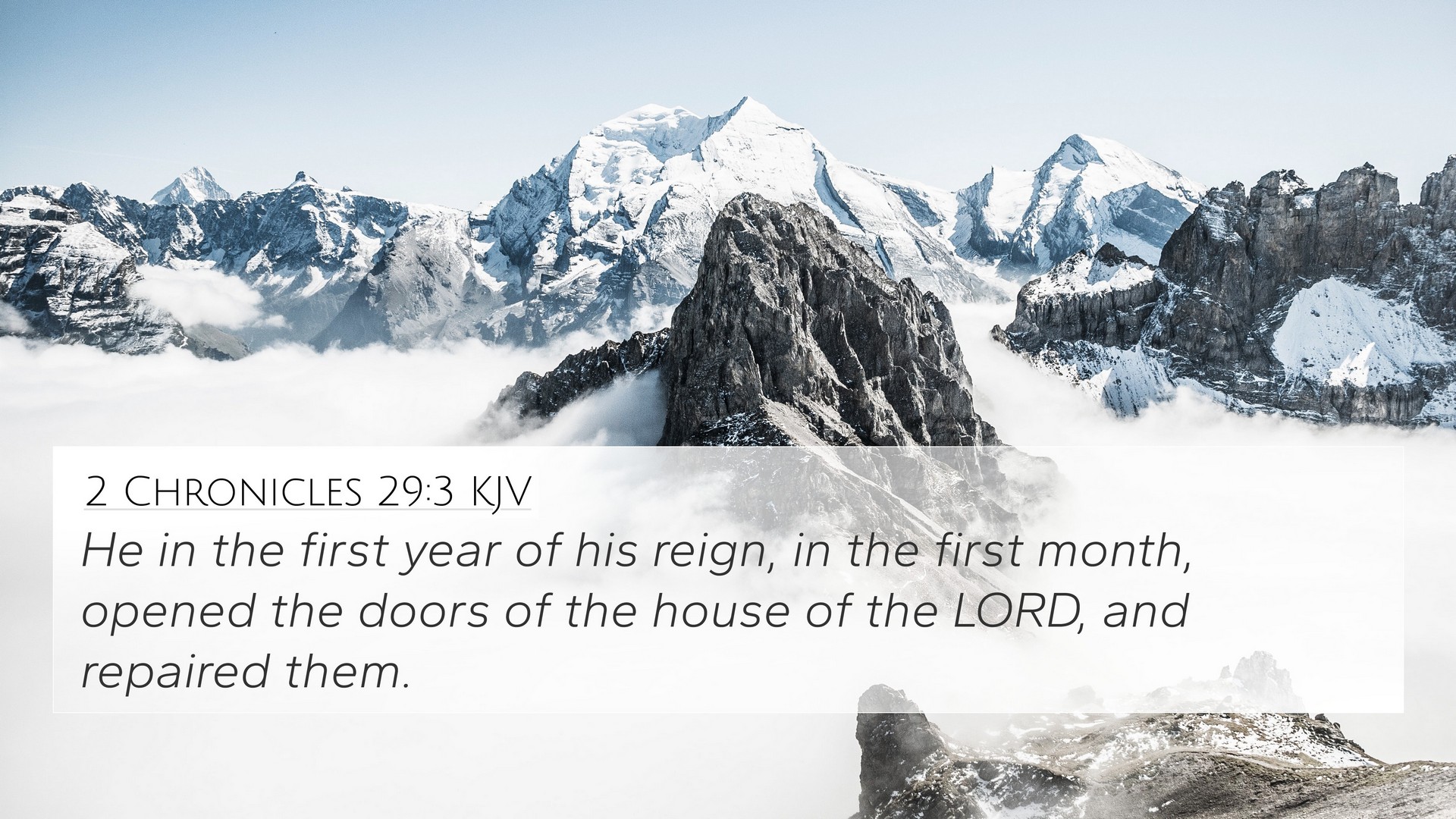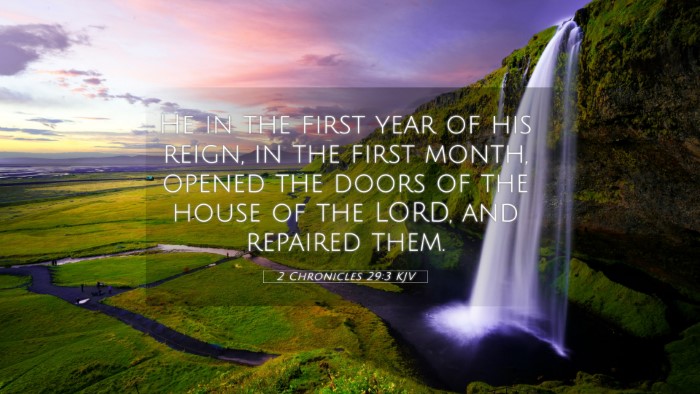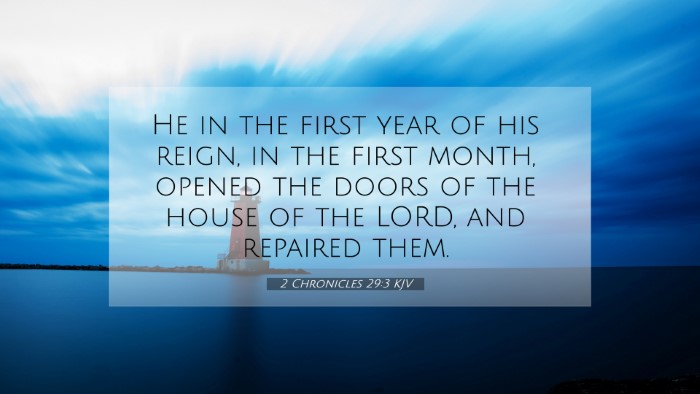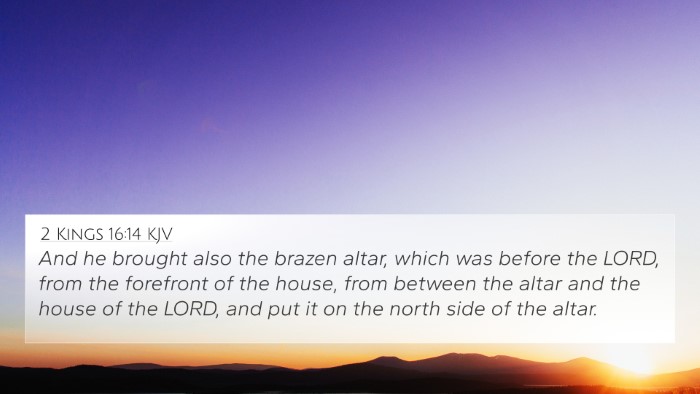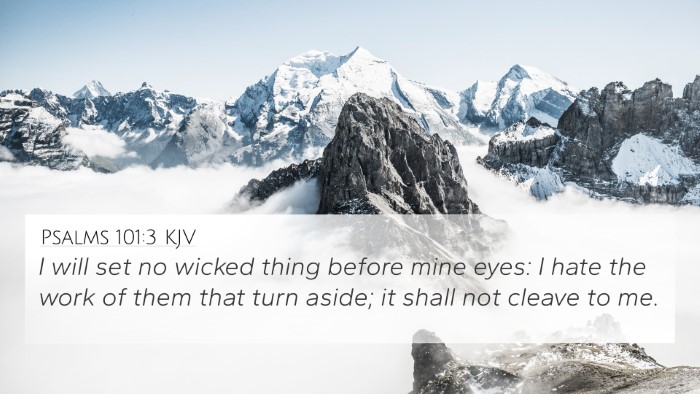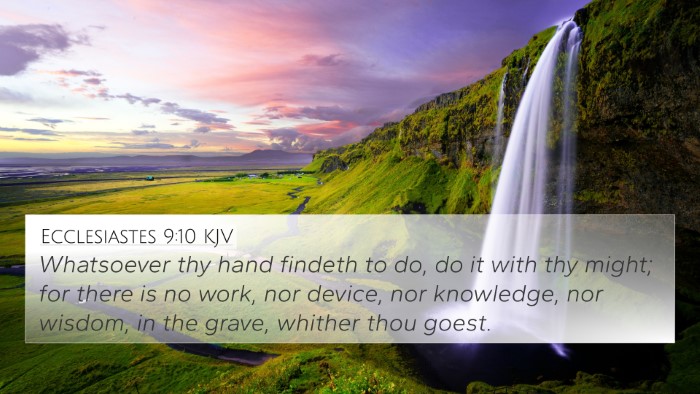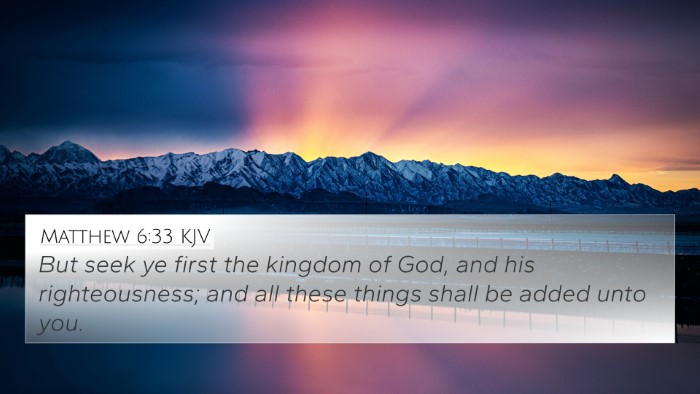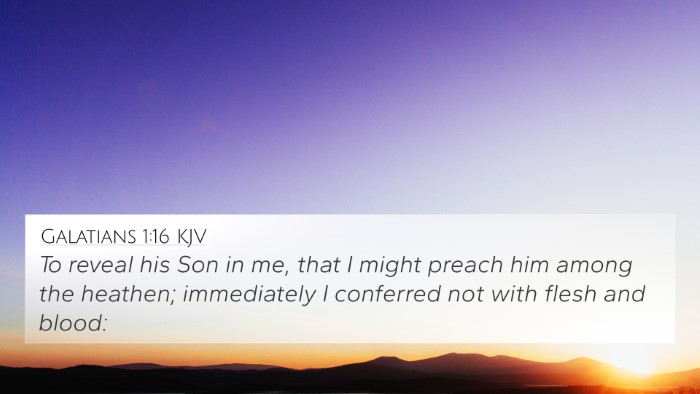Understanding 2 Chronicles 29:3
2 Chronicles 29:3 states, "In the first year of his reign, in the first month, he opened the doors of the house of the Lord and repaired them." This verse marks a significant moment in the reign of King Hezekiah, showcasing his commitment to restore temple worship in Jerusalem after a period of neglect and idolatry.
Summary of 2 Chronicles 29:3
This verse highlights several key themes:
- Restoration of Worship: Hezekiah's actions signify a return to proper worship practices, emphasizing the importance of the temple as a place of connection between God and His people.
- Leadership Influence: Hezekiah's example serves as a model of godly leadership where the king prioritizes spiritual reform and restoration.
- Timeliness of Action: The choice to act immediately in the first month of his reign shows Hezekiah's urgency in rectifying past wrongs and reestablishing true worship.
Insights from Public Domain Commentaries
Matthew Henry's Commentary
Henry emphasizes that Hezekiah's reign represents a pivotal shift from the idolatrous practices of previous kings. By opening and repairing the temple doors, Hezekiah is restoring faith and symbolically welcoming the presence of God back into the heart of the nation. This action illustrates the necessity of reinstating the sacred spaces that allow for communal worship and atonement.
Albert Barnes' Notes
Barnes notes that the timing of this action—during Hezekiah's first month—indicates a proactive approach to leadership. The king's efforts are foundational, aimed at renewing the covenant between God and His people. He emphasizes that restoring the temple was not merely about physical repair but about reigniting spiritual fervor and commitment among the people of Judah.
Adam Clarke's Commentary
Clarke describes the historical context of Hezekiah's reign, noting the previous neglect of the temple under Ahaz. He stresses the significance of Hezekiah’s dedication to change, highlighting the symbolism of opening the temple doors as an invitation for both the people and God to re-engage. Clarke underscores the spiritual implications of temple restoration as a prerequisite for national revival.
Cross-References to 2 Chronicles 29:3
This verse can be linked to several other Bible verses that emphasize similar themes of restoration, worship, and leadership:
- 2 Kings 18:4: “He removed the high places and broke the sacred pillars, and cut down the wooden image.” This verse showcases Hezekiah's efforts to eradicate idolatry.
- 1 Chronicles 28:10: “Consider now, for the Lord has chosen you to build a house for the sanctuary.” This emphasizes the importance of the temple as a dwelling place for God.
- Psalm 51:12: “Restore to me the joy of Your salvation, and uphold me by Your generous Spirit.” A prayer for restoration and revival resonates with Hezekiah's ambitions.
- Isaiah 37:14-17: Hezekiah’s prayer for deliverance demonstrates his reliance on God amidst challenges.
- Ezekiel 37:26: “I will make a covenant of peace with them, and it shall be an everlasting covenant with them.” This connects with the spiritual renewal that Hezekiah sought.
- Malachi 1:7: “You offer defiled food on My altar.” This illustrates the seriousness with which proper worship is treated, complementing Hezekiah's reforms.
- Lamentations 1:10: “The enemy has stretched out his hand on all her precious things.” A reminder of the consequences of neglecting God's house.
- Hebrews 9:1: “Then indeed, even the first covenant had ordinances of divine service and the earthly sanctuary.” This verse reflects the New Testament perspective on the significance of the temple.
- Matthew 21:12: “Jesus went into the temple of God and drove out all those who bought and sold in the temple.” This New Testament account resonates with the theme of temple purity that Hezekiah initiated.
- Romans 12:1: “I beseech you therefore, brethren, by the mercies of God, that you present your bodies a living sacrifice, holy, acceptable to God...” This verse speaks to the essence of proper worship in a broader context.
Thematic Connections and Conclusions
In conclusion, 2 Chronicles 29:3 serves as a profound illustration of the restoration of worship and the significance of leadership in guiding the people back to God. Whether examining this verse in the context of Old Testament history or its implications for worship today, it reminds believers of the importance of maintaining sacred spaces and practices within their communities.
The connections among these verses reveal a rich tapestry of scriptural truths regarding worship, leadership, and the restoration of faith. By utilizing tools for Bible cross-referencing, such as a Bible concordance or cross-reference Bible study guide, believers can deepen their understanding of how interconnected the scriptures truly are, enriching their spiritual journey.
Additional References for Study
For those seeking to explore further, consider the following resources:
- Bible concordance: A useful tool for finding verses related to specific topics.
- Bible cross-reference guide: Resources that highlight thematic links between scriptures.
- Bible reference resources: Helps in identifying broader themes throughout the Biblical narrative.
- Cross-reference Bible study methods: Techniques to uncover deeper meanings through scriptural cross-referencing.
- Bible chain references: A method of linking verses that support specific themes.
